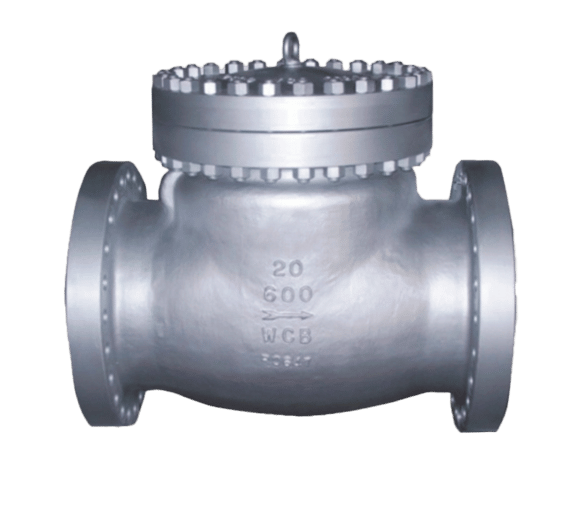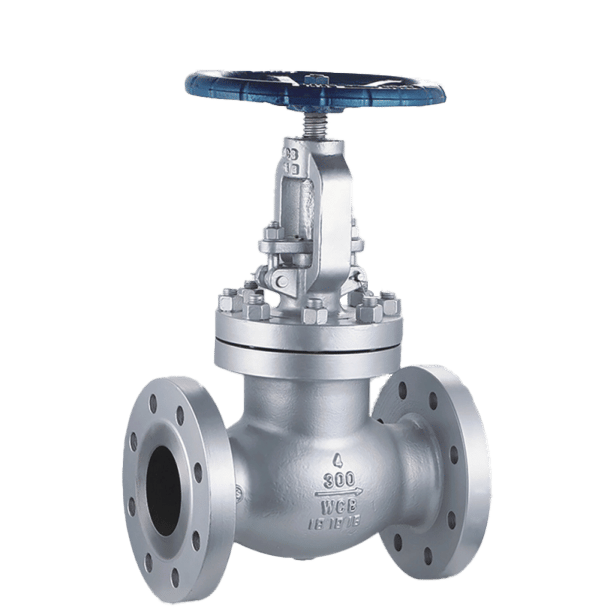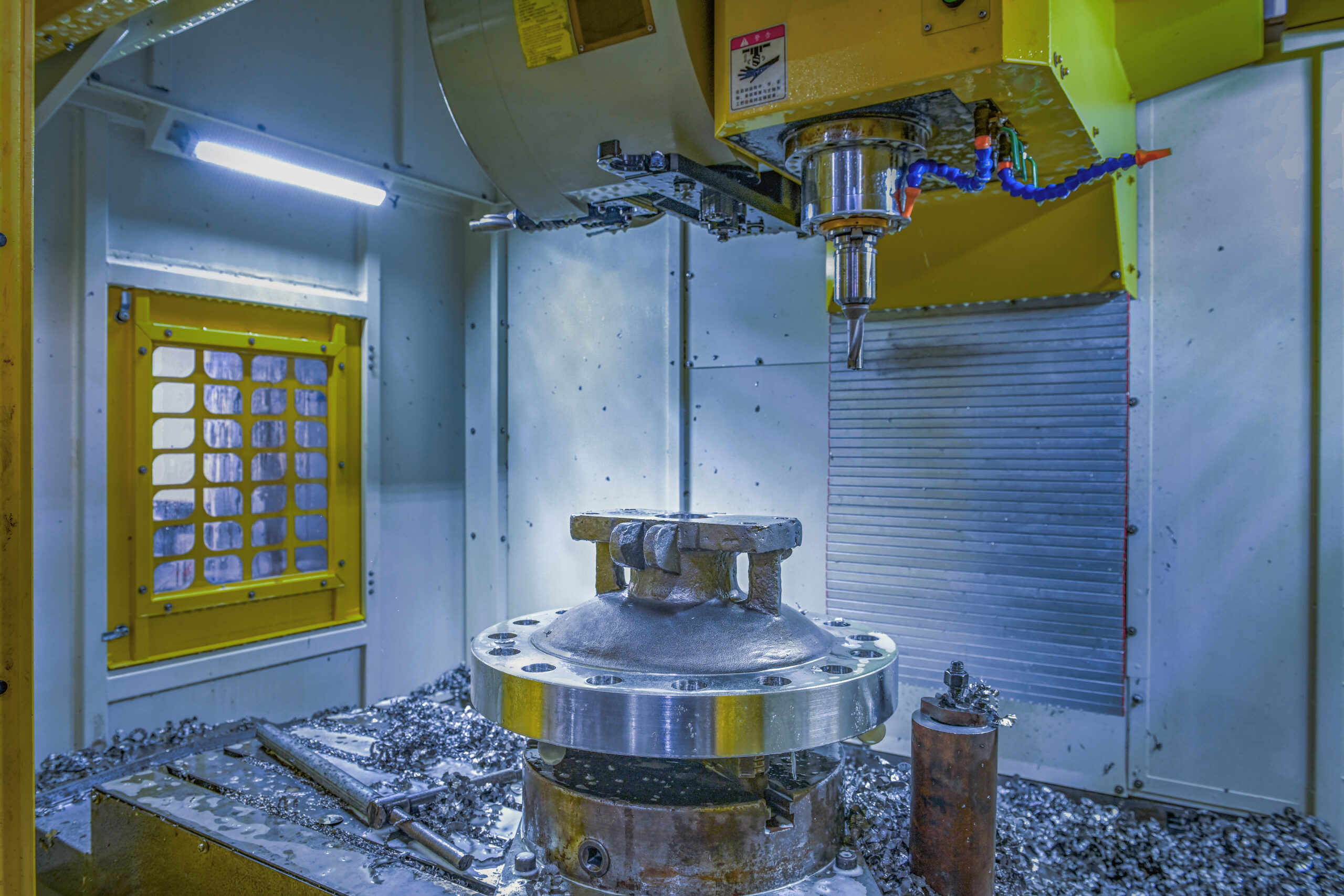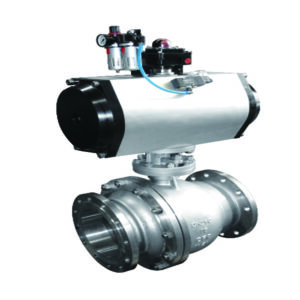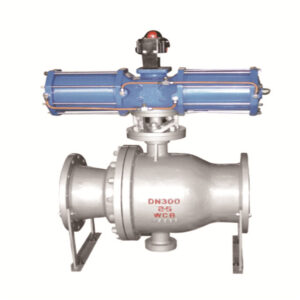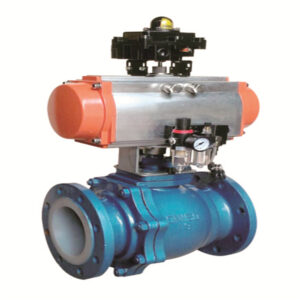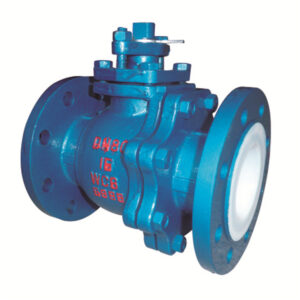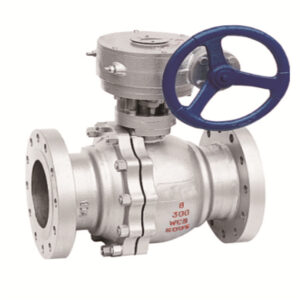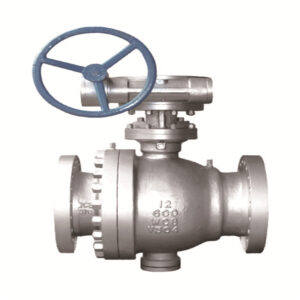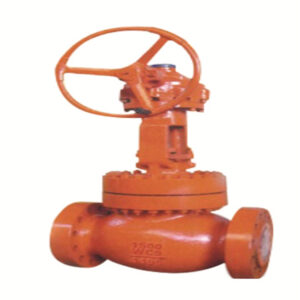Product
Industrial valve manufacturers
XinHui is an industrial valve manufacturer of Ball Valves, Butterfly Valves, Check Valves, Gate Valves, Globe Valves, Power Station Valves, Plug Valves and Filters. Our valve factory in China manufactures API, ANSI, DIN, GOST, BS, JIS, China GB standard valves and supports custom industrial valves. Our products have been sold to more than 30 countries around the world and are widely used in the natural gas, oil, refining, chemical, power generation and pipeline transportation industries.
industrial valve
All product
-
Ball valves
Pneumatic O-type shut-off ball valve supplier
-
Ball valves
Fluorine Lined Pneumatic Ball Valve supplier
-
Ball valves
Wholesale ANSI API Fixed Ball Valve Supplier
-
Globe valves
American Standard Globe Valve Manufacturer in china
We are not only a manufacturer of valves, but also a disseminator of industry knowledge
industrial valve ultimate solution supplier
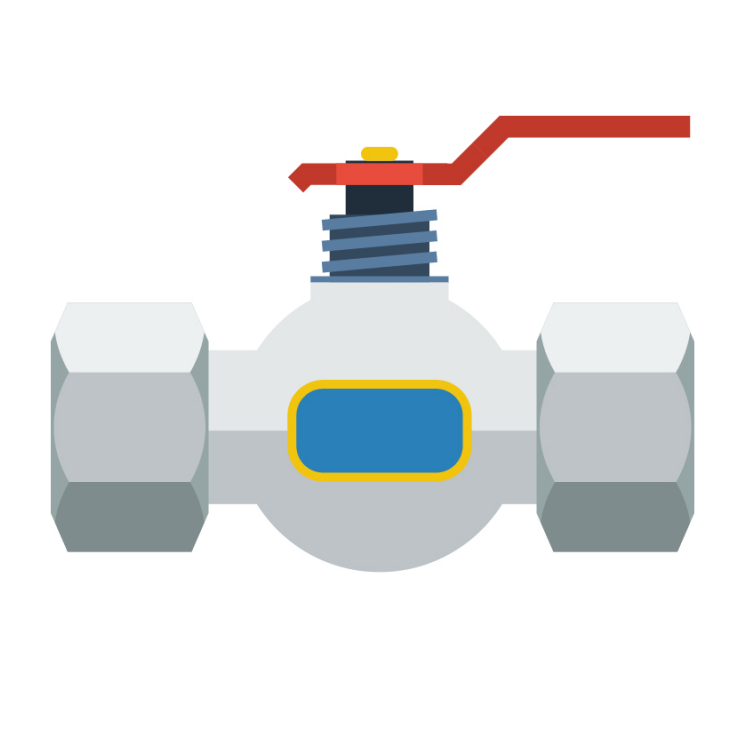
What is industrial valve?
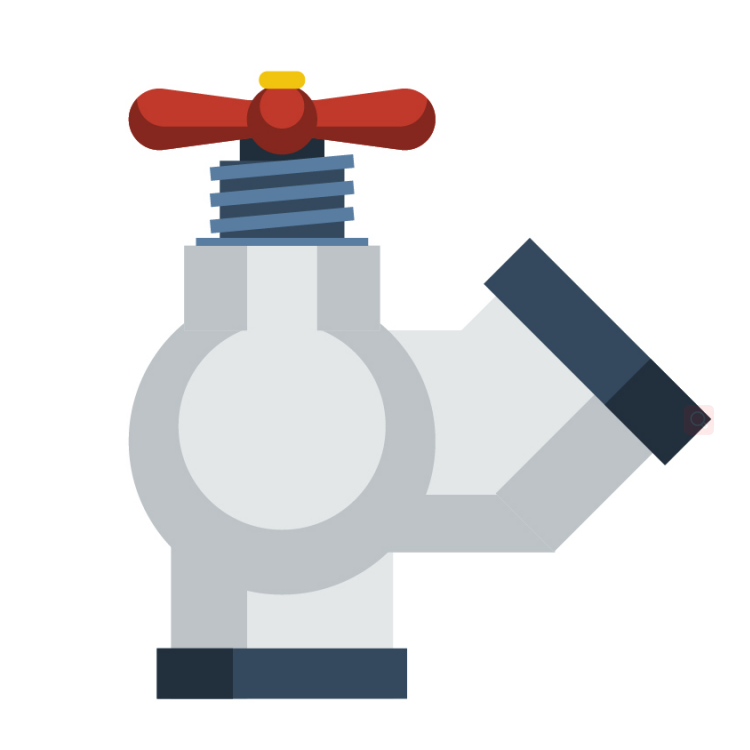
What are the valve types for industrial valves?
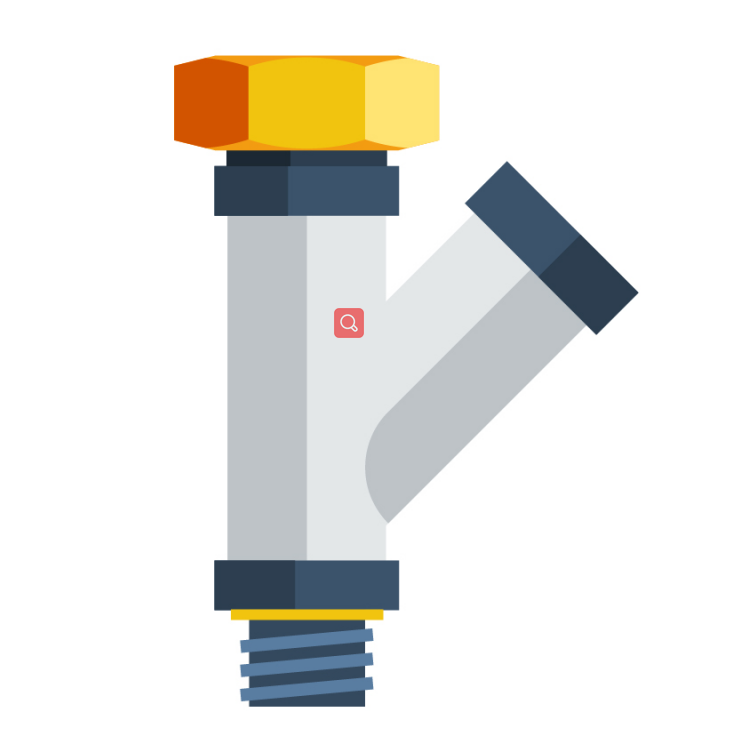
industrial valve structure
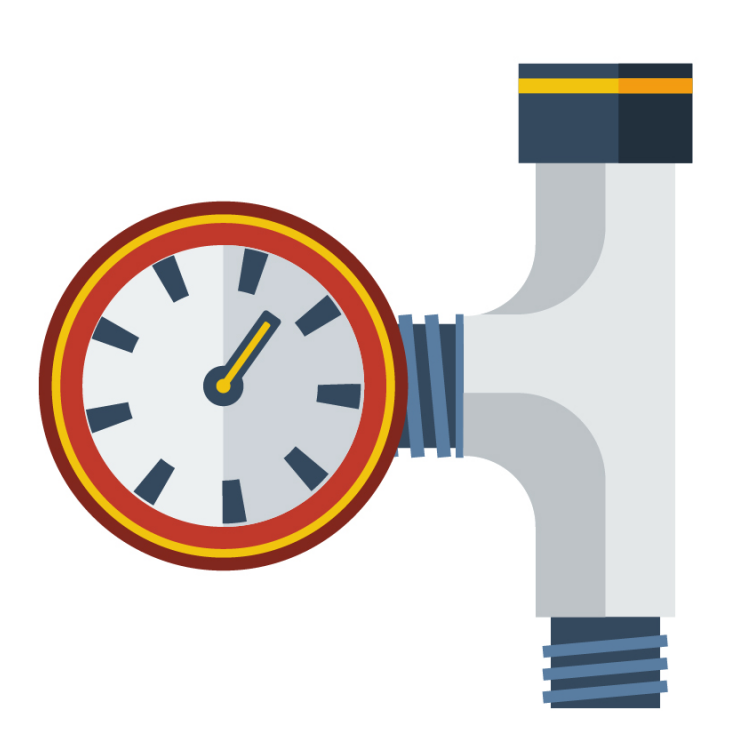
What are industrial valves made of?
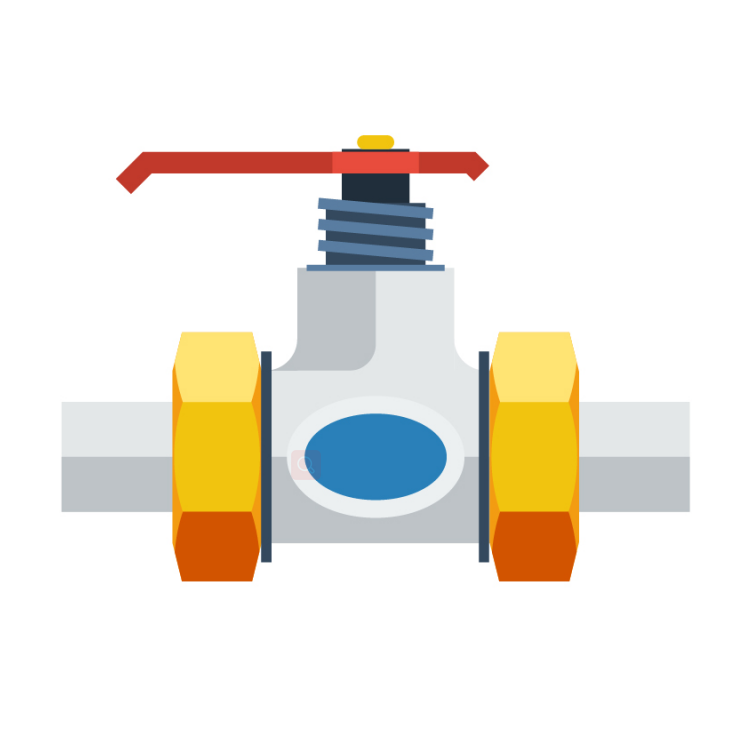
How do you make an industrial valve?
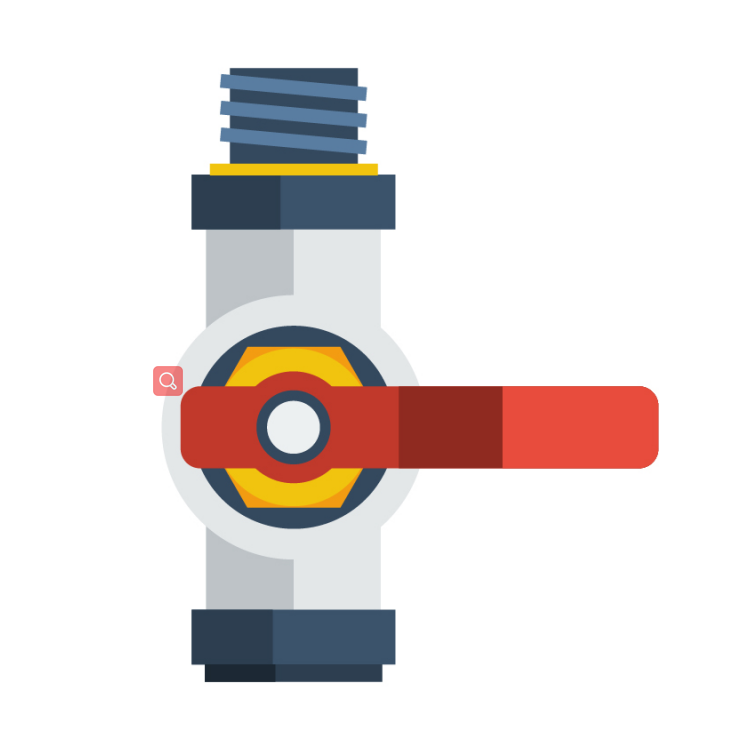
Application of industrial valve
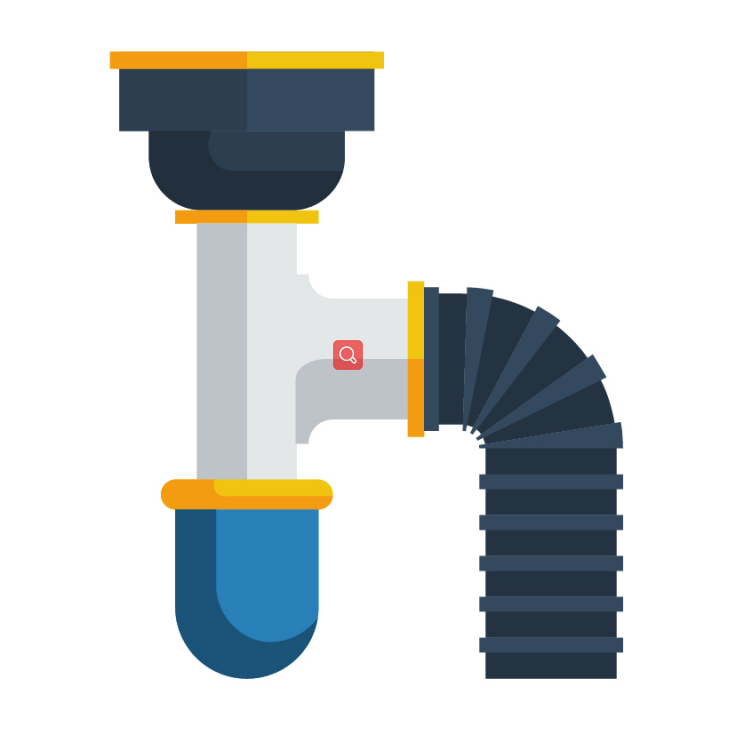
What is industrial valve automation ?
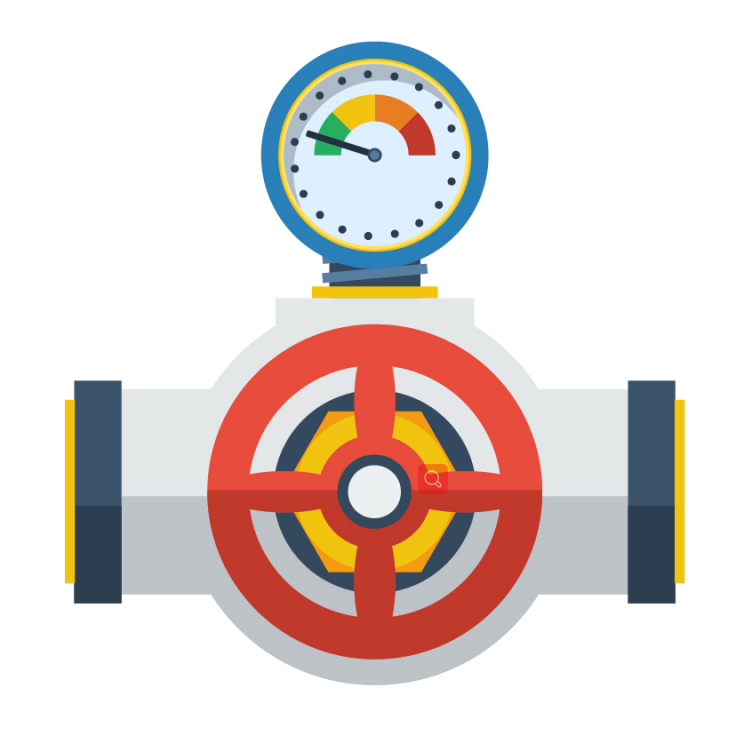
Industrial valve parts & fitting
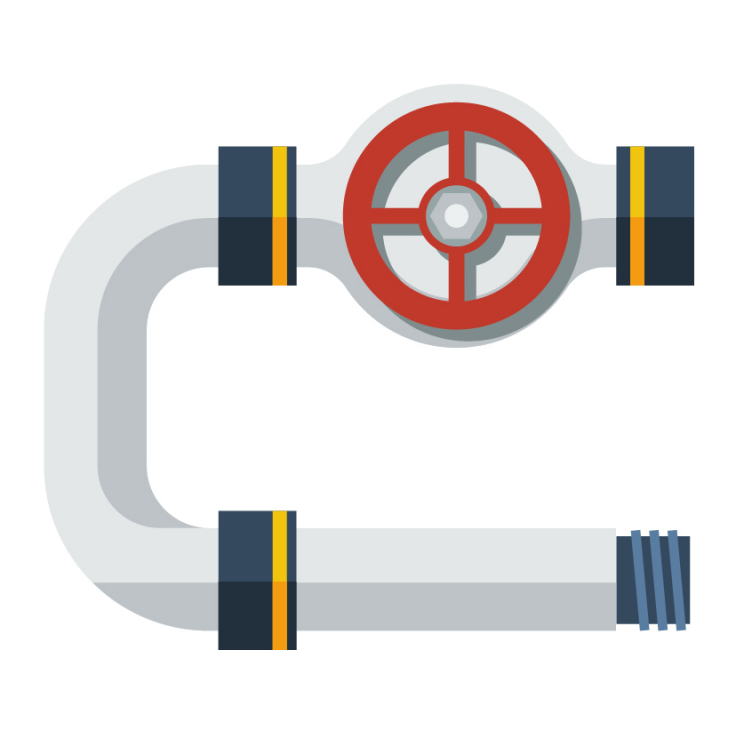
Why is xinhui an industrial valve specialist?
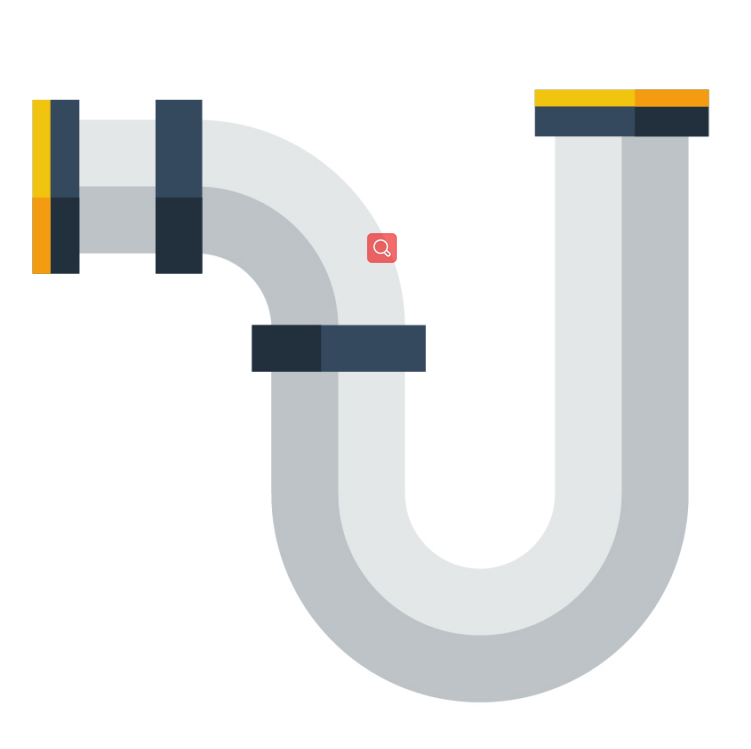
What kind of industrial valve company is xinhui?
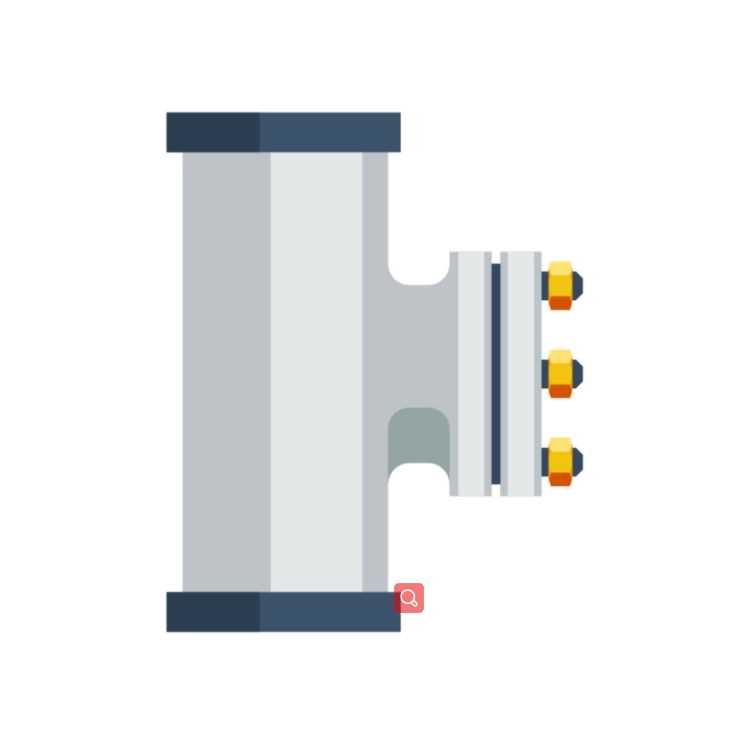
Why is xinhui the ultimate supplier of industrial valve solutions?
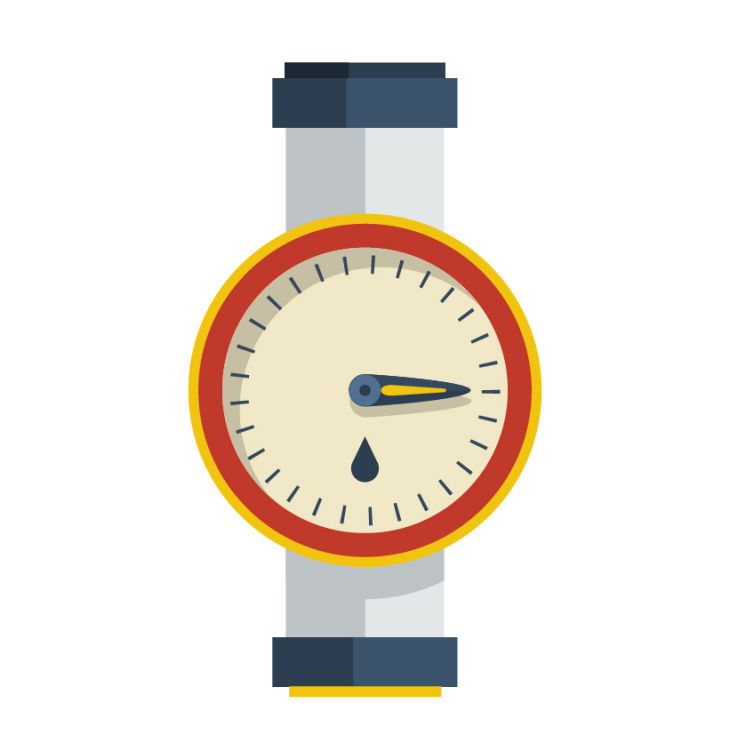
About xinhui's industrial valve sales & service
what is industrial valve?
It plays an important role in controlling the flowing medium in the pipeline of the factory. The common medium is gas, water, oil, and various corrosive flow mediums. Commonly used gate valves are generally composed of accessories: valve body, switch sealing structure and valve cover. Industrial valves are control components in fluid conveying systems, with functions such as cut-off, regulation, diversion, prevention of backflow, voltage stabilization, shunt or overflow pressure relief, etc. Function. Valves used in fluid control systems, from the simplest shut-off valve to various valves used in extremely complex automatic control systems, have a wide variety and specifications.
What are the valve types for industrial valves?
Types of Industrial Valves
Below is a table that shows these valve types and their matching functions.
| Function | ||||
| Isolation | Non-Return | Pressure Relief | Regulation | |
| Type of Valve | Gate | Check | Pressure Relief | Gate |
| Ball | Butterfly | |||
| Butterfly | Ball | |||
| Pinch | Plug | |||
| Plug | Pinch | |||
| Globe | Needle | |||
gate
Gate valves, the most common type of valve in the industry, are valves that open by lifting the gate out of the fluid path. They are often used as shut-off valves to isolate piping systems.
When the gate valve is open, there are no obstructions in the flow path, so friction losses are minimal. Gate valves are used when linear fluid flow is required and minimal restriction is required.
These can be controlled by handwheels, pneumatic diaphragms, electric motors or piston actuators.
globe valve
Globe valves are used to regulate flow in a pipeline rather than having the “all or nothing” function of a gate valve. The globe valve is adjusted by the position of the movable disc (or plug) relative to the fixed ring seat.
The ports of the globe valve can run straight or at an angle. This type of angled feed valve is typically used for corrosive or viscous viscous fluids that tend to solidify. The outlet on the sloped supply valve faces downwards to aid fluid drainage to prevent clogging and corrosion.
needle valve
Needle valves are essentially a variation of globe valves and are used to control flow very finely. Needle valves contain an elongated tapered plug, as opposed to the larger and less precise disc of globe valves.
Butterfly valve
Butterfly valves are also designed to regulate flow, but have limited control capabilities. This is a simpler industrial valve and fitting that is easily operated by turning the handle 90 degrees. It is generally assumed that butterfly valves do not produce positive shutoff, but modern technology has facilitated the assembly of airtight shutoffs.
check valve
A check valve, also known as an NRV (check valve), only allows fluid to flow in one direction. Their purpose is to prevent backflow. There are several types of “plugs” that prevent backflow from a check valve. Ball check valves and piston check valves work by requiring a minimum inflow pressure. The return force is not enough to lift the ball or piston up to move in the other direction. In-flow swing check valves are pushed by hinged flaps that open in only one direction, ensuring that fluid cannot move backwards.
safety valve
A safety valve, also known as a safety valve, is an industrial valve and fitting that is installed to limit the pressure in a system. This type of angled supply valve is strictly used to prevent overpressure that can cause damage to the system.
There are also many industrial valves, which are not listed here. If you need valve-related knowledge, please contact us, we can answer any of your questions!
industrial valve structure
24 dynamic diagrams of valve work, the structure, and the working principle are clear at a glance, welcome to learn!
Rolling Film Cylinder Piston Actuator
Pneumatic valve positioner
Pneumatic diaphragm control valve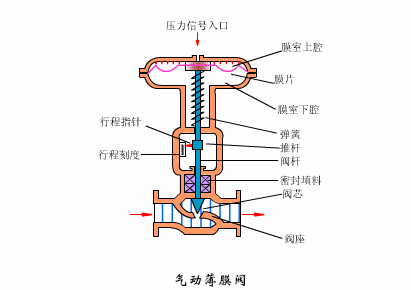
Diaphragm hea side mounted type booster control valve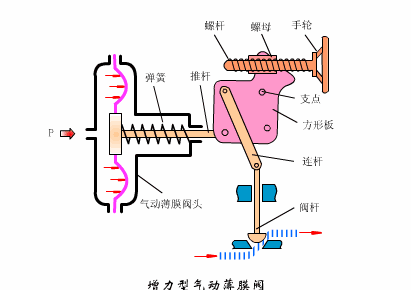
Ball valve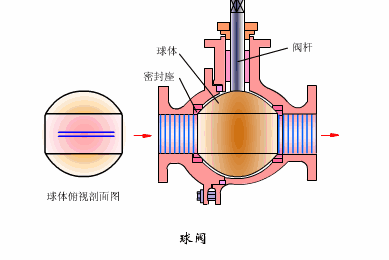
Three-way valve
Butterfly valve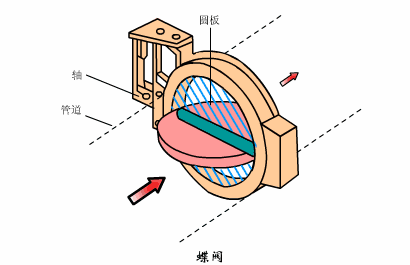
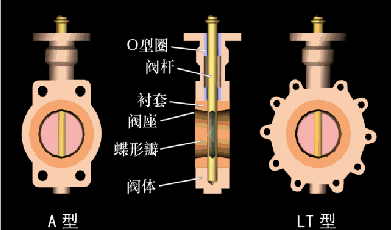
Diaphragm valve
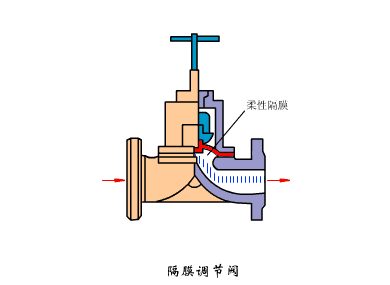
Globe valve
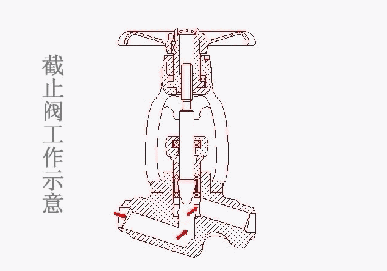
Orifice valve
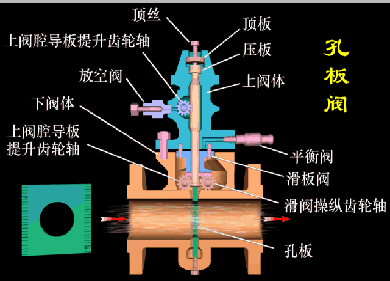
Ball valve

Hydraulic directional valve
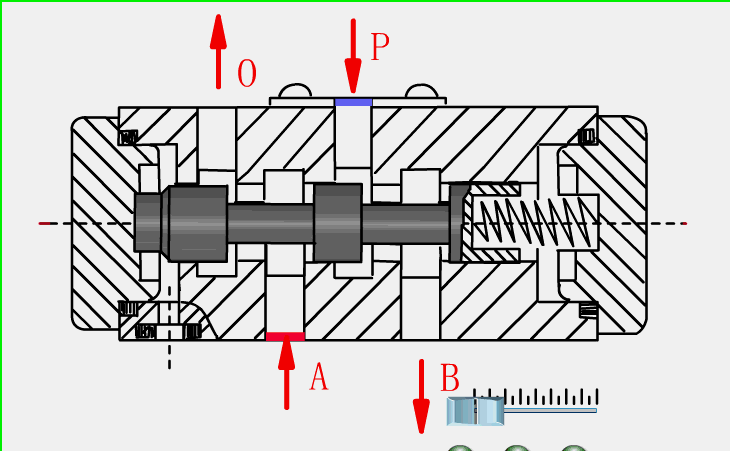
Manual reversing valve
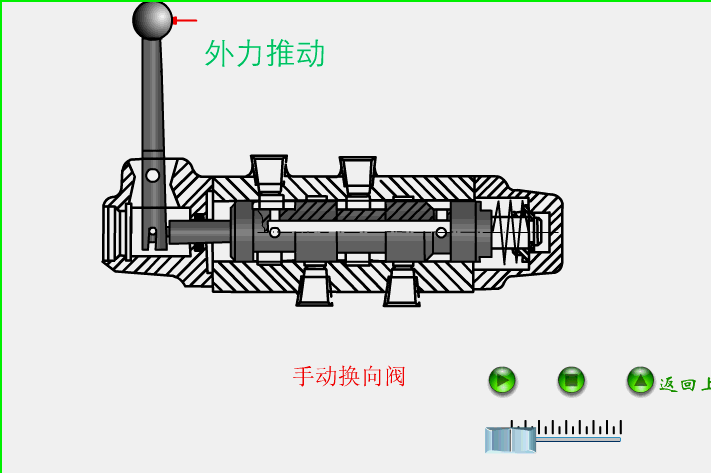
Three-position five-way reversing valve
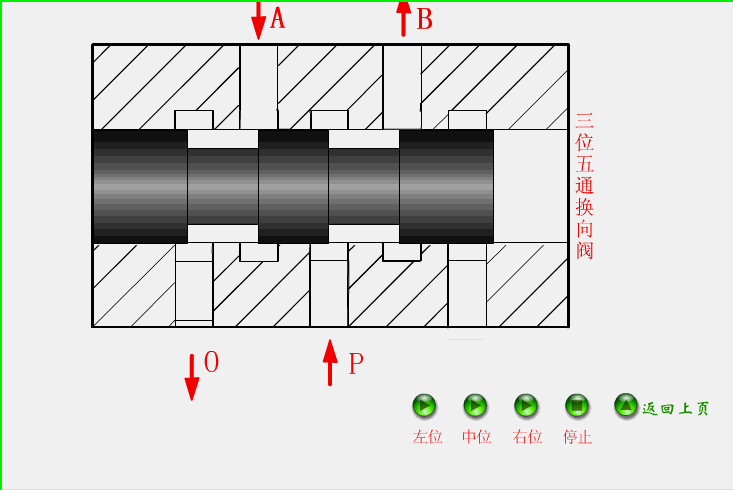
Three-position four-way reversing valve

Two-position four-way reversing valve
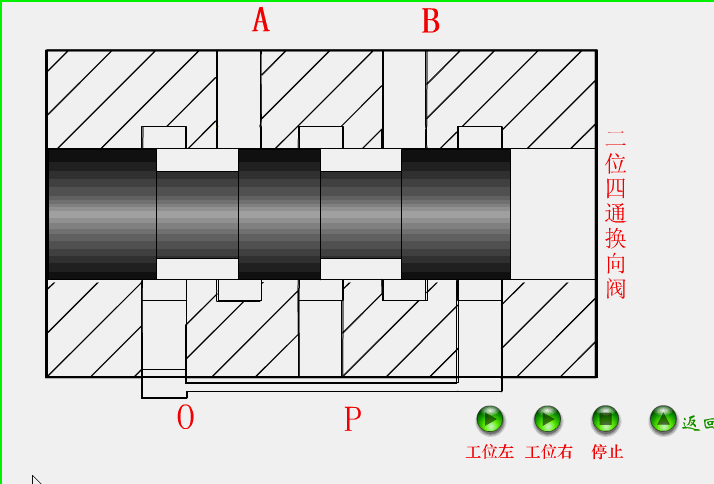
Two-position Two-way reversing valve
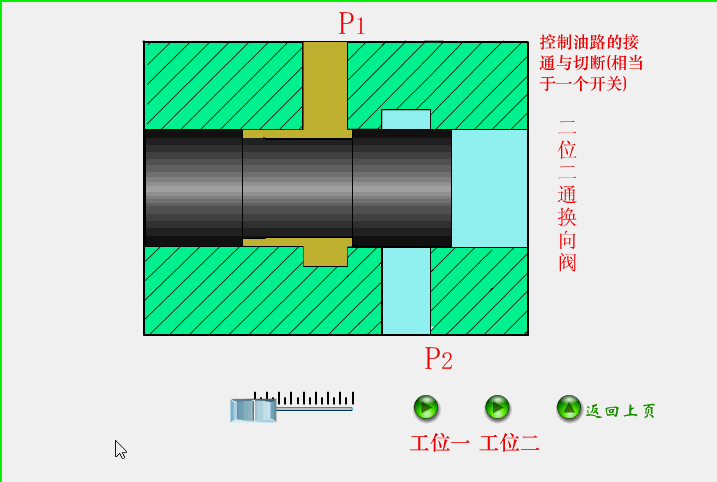
overflow valve
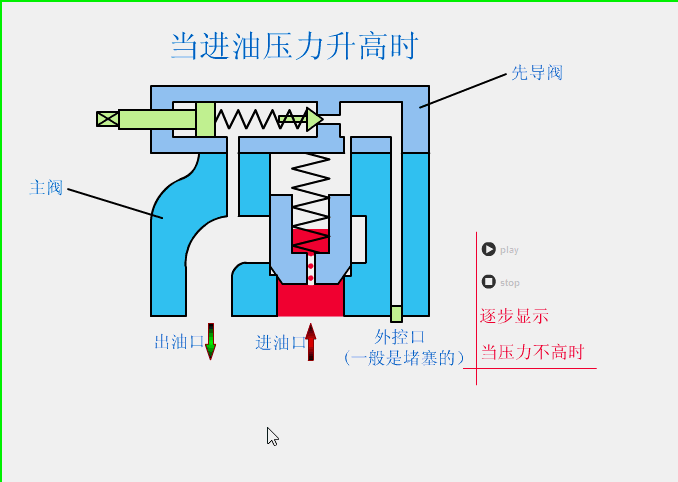
pressure reducing valve
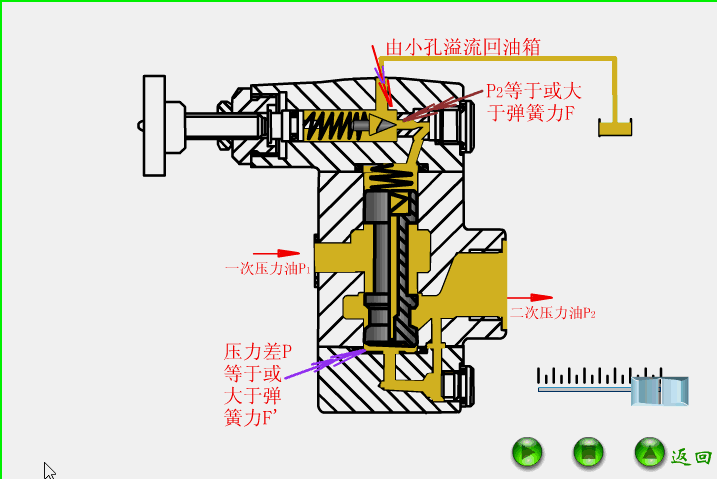
sequence valve
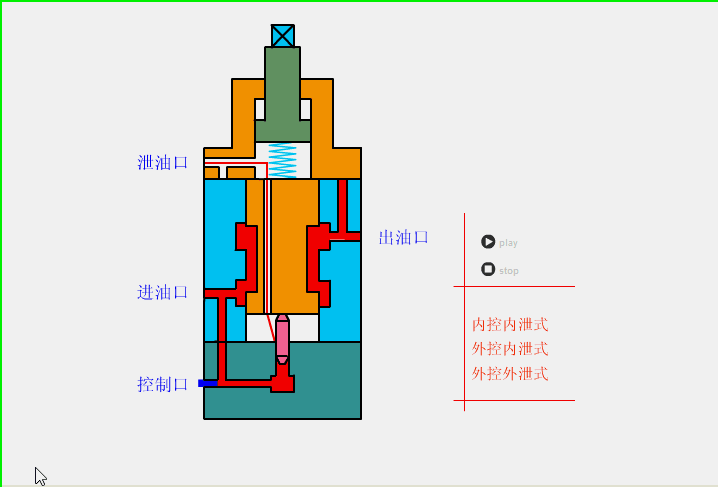
throttle valve
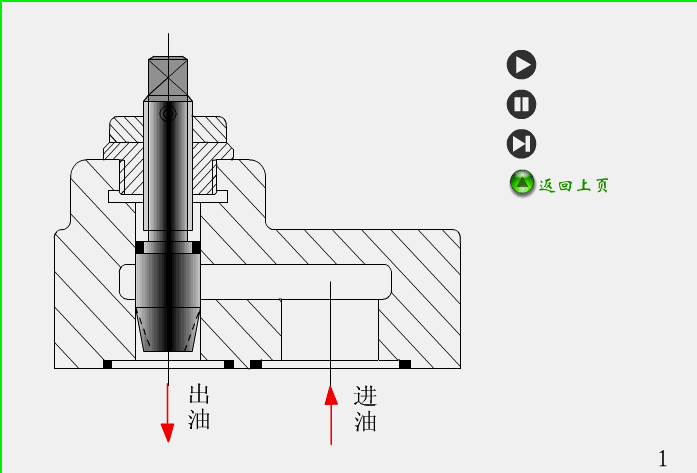
governor valve
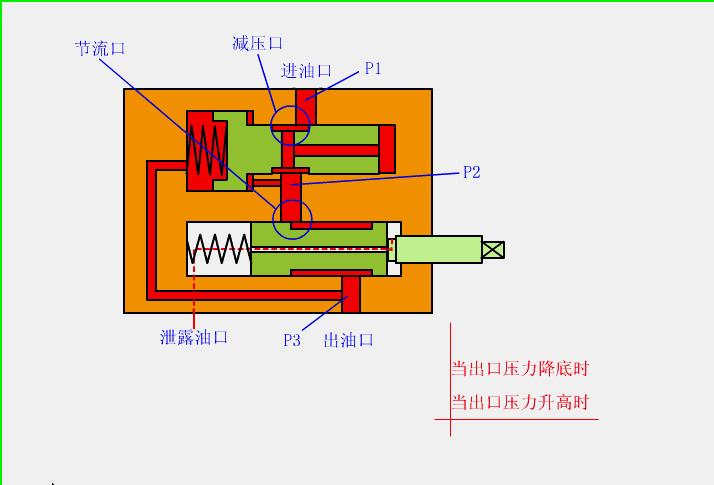
Manipulator telescopic servo mechanism
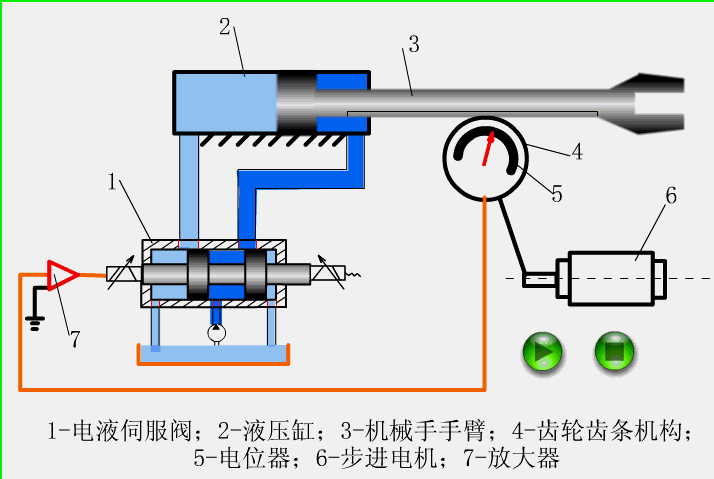
—THE END—
▣ Source: Mechanics Master, Metal Processing, Engineering Customer, Process Industry, International Metal Online, etc. If there is any infringement, please contact us to delete it, thank you,
What are industrial valves made of?
Most industrial valves are constructed using grey cast iron, malleable cast iron, ductile iron, carbon steel, cast steel, stainless steel, etc.
Gray cast iron
Gray cast iron is cast iron with flake graphite, because the fracture is dark gray when broken, so it is called gray cast iron. Gray cast iron is currently the most widely used cast iron, and its output accounts for more than 80% of the total output of cast iron. Grey cast iron has good casting performance, cutting performance and wear resistance. Its disadvantage is that its strength, plasticity and toughness are lower than other cast irons.
malleable cast iron
Malleable white cast iron is a kind of high-strength and tough cast iron obtained by graphitization and annealing. It has higher strength, plasticity and impact toughness, and can partially replace carbon steel. Compared with gray cast iron, malleable cast iron has better strength and plasticity, especially better low temperature impact performance, and better wear resistance and vibration damping than ordinary carbon steel. This cast iron has a certain plasticity and toughness,
Nodular cast iron
Ductile iron is a high-strength cast iron material with very high strength, toughness and wear resistance, and its comprehensive performance is close to that of steel. At present, the application range of ductile iron is second only to gray cast iron. Ductile iron is used as the material of the butterfly valve, which has certain corrosion resistance and performance is much higher than that of the butterfly valve made of gray cast iron. The applicable medium includes steam, general gas and oil.
Carbon steel
Carbon steel (WCA, WCB, WCC) began to develop cast steel to meet production needs beyond the capabilities of cast iron valves and bronze valves. However, carbon steel valves have good overall performance and high resistance to stresses caused by thermal expansion, shock loads, and pipe deformation, so they expand their range of use to include general cast iron and bronze valve operating conditions.
cast steel
Cast steel is a cast iron alloy, which is a general term for iron-based alloys used to produce castings that do not undergo eutectic transformation during solidification. The advantages of cast steel are greater design flexibility and variability, improved overall structural strength and a wide range of weight variations
Stainless steel
Stainless steel refers to steel that is resistant to weak corrosive media such as air, steam, and water, and chemically corrosive media such as acid, alkali, and salt, also known as stainless acid-resistant steel. Generally, butterfly valves made of stainless steel have the best performance, are suitable for harsher working conditions, are more resistant to wear and have the longest service life.
How do you make an industrial valve?
Xinhui is an industrial valve manufacturer. In our opinion, the valve has few production parts, simple structure and average precision. It is a simple part in the machinery industry, but the core sealing part of the valve has particularly high requirements. The valve manufacturing process is complex and technically difficult. If you want to know the production process of industrial valves, please check the details!
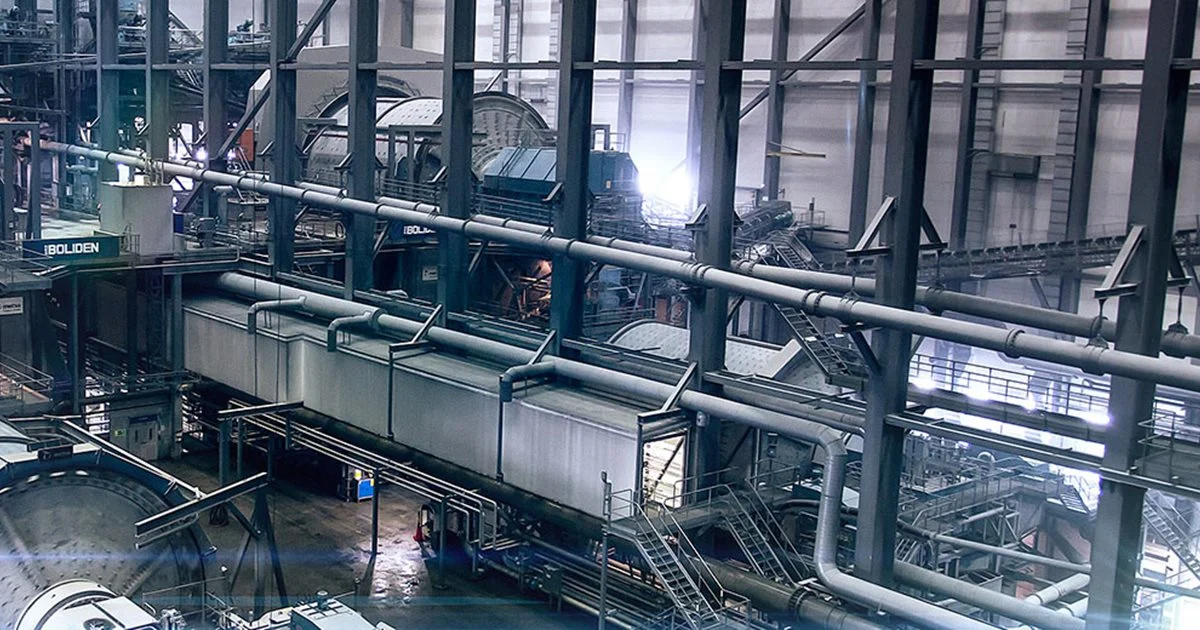
Application of industrial valve
Valve application and valve market situation
(1) Valves for urban construction: low-pressure valves are usually used in urban construction systems, and at this time, they are developing in the direction of environmental protection and energy saving. Environmentally friendly rubber plate valves, balance valves, midline butterfly valves, and metal-sealed butterfly valves are slowly replacing low-pressure iron gate valves. Most of the valves used in urban buildings are balance valves, soft-sealed gate valves, butterfly valves, etc.
(2) Valves for urban heating: In the urban heating system, a large number of metal-sealed butterfly valves, level balance valves and directly buried ball valves are required to deal with the vertical and horizontal hydraulic imbalance of the pipeline, so as to achieve energy saving and replacement of heat balance. policy.
(3) Environmental protection valve: In the environmental protection system, the central line butterfly valve, soft sealing gate valve, ball valve and exhaust valve (used to remove the air in the pipeline) are mainly used in the water supply system. The key points of the sewage treatment system need to use soft-sealed gate valves and butterfly valves.
(4) Valves for city gas: City gas accounts for 22% of the entire natural market, and valves are used in large quantities and have many types. The key needs are ball valves, plug valves, pressure reducing valves, and safety valves.
(5) Valves for long-distance pipelines: The focus of long-distance pipelines is crude oil, products and natural pipelines. The valves that require the majority of such pipelines are forged steel three-piece full-bore ball valves, anti-sulfur flat gate valves, safety valves, and check valves.
(6) Valves for petrochemical plants:
a. Oil refining units, most of the valves needed in oil refining units are pipeline valves, focusing on gate valves, globe valves, check valves, safety valves, ball valves, butterfly valves, and steam traps. Among them, the demand for gate valves accounts for about 80% of the total number of valves. (The valve accounts for 3%~5% of the total investment of the device).
b. Chemical fiber equipment. The chemical fiber products mainly include three categories: polyester, acrylic and vinylon. The ball valve and jacketed valve (jacketed ball valve, jacketed gate valve, jacketed globe valve) of the required valve.
c. acrylonitrile device. The device is all valves that need to be produced according to API standards, focusing on gate valves, globe valves, check valves, ball valves, steam traps, needle valves, and plug valves. Among them, gate valves account for about 75% of the total valves.
d. Ammonia synthesis device. Due to the difference in the synthesis of ammonia and purification methods, the process flow is different, and the technical performance of the required valves is also different. At this time, the key points of synthetic ammonia plant need to use gate valve, globe valve, check valve, steam trap, butterfly valve, ball valve, diaphragm valve, conditioning valve, needle valve, safety valve, high temperature and low temperature valve. Among them, globe valves account for 53.4% of the total valve data for the device, gate valves account for 25.1%, steam traps account for 7.7%, safety valves account for 2.4%, conditioning valves and cryogenic valves and others account for 11.4%. e, ethylene plant, ethylene plant It is the leading device of petrochemical industry, and it needs a wide variety of valves.
Gate valve, globe valve, check valve, lift rod type ball valve, among which the gate valve needs to be the first. Its valve demand is considerable. In addition, large-scale ethylene and high-pressure polyethylene devices also need to use ultra-high temperature, lower temperature and ultra-high pressure valve series products.
(7) Valves for power stations: The construction of power stations is developing towards the goal of large-scale development, so large-diameter and high-pressure safety valves, pressure reducing valves, globe valves, gate valves, butterfly valves, emergency shut-off valves and flow control valves, spherical Sealed instrument shut-off valve.
(8) Metallurgical valves: The key points of alumina behavior in the metallurgical industry need to use wear-resistant slurry valves (in-flow globe valves) and conditioning traps. The steelmaking industry focuses on the use of metal-sealed ball valves, butterfly valves and oxide ball valves, stop flash and four-way directional valves.
(9) Valves suitable for marine leveling: Accompanying the development of offshore oilfield exploitation, the amount of valves required for marine leveling is also gradually increasing. Offshore platforms need to use shut-off ball valves, check valves and multi-way valves.
(10) Valves for food and medicine: stainless steel ball valves, non-toxic all-plastic ball valves and butterfly valves are mainly used in this industry.

What is industrial valve automation ?
Valve automation refers to the use of electric, pneumatic, hydraulic or electromagnetic drive to control the valve by means other than human power. Its characteristics are: easy to use and safe; it can be controlled on site or remotely; it can control a single valve or centrally control multiple valves; it can perform simple on-off control or adjustment control; Electronic computer, which can realize programmed control. Due to the need for long-distance control, there will generally be valve signal feedback—light signal or 4~20mA signal feedback for valve control.
Industrial valve parts & fitting
Executive
Agency
Pneumatic actuators, electric actuators, hydraulic actuators, gas-liquid actuators, electro-hydraulic actuators, manual actuators.
Locators and
Accessories
Pneumatic valve positioner, electric valve positioner, intelligent valve positioner, electro-hydraulic servo Servo amplifier, electrical converter, filter pressure reducing valve, valve position transmitter, position retaining valve, solenoid valve, limit switch, pneumatic amplifier, intelligent module, electro-hydraulic servo, servo amplifier, alarm, explosion-proof coil, fast Vent.
Test equipment and other valve accessories
Valve testing machine, handle, handwheel, worm gear, valve body, valve core, valve stem Bonnet, Valve Muffler, Signal Generator, Blank, Die, Bolt and Nut, Clamp, Spring, Diaphragm, packing, packing, O-ring, flow juice, PTFE products, gasket, flange, elbow, quick connector, expansion joint, flow meter Filters, non-standard solids, machine tools
Why is xinhui an industrial valve specialist?
Industrial Certifications
A good valve supplier or manufacturer should have industrial certifications. This shows that the products available are of top quality because these have passed rigid regulations. The industrial certifications imply that the work area has been checked and assessed according to the requirements of the governing body.
Variety of Valves
A good valve supplier has a wide array of valves and valve components. The manufacturer should have clear and reachable timelines expectations. Furthermore, with a large inventory, the manufacturer assures the customer that the component needed is readily available.
After-Sales Service
Valves need repairs. A great industrial valve supplier should give after-sales services.
Commitment to Safety
Safety is an issue in process industries. Because of that, regulations become more strict and change every now and then. A good supplier of industrial valves should be able to adhere to these changes.
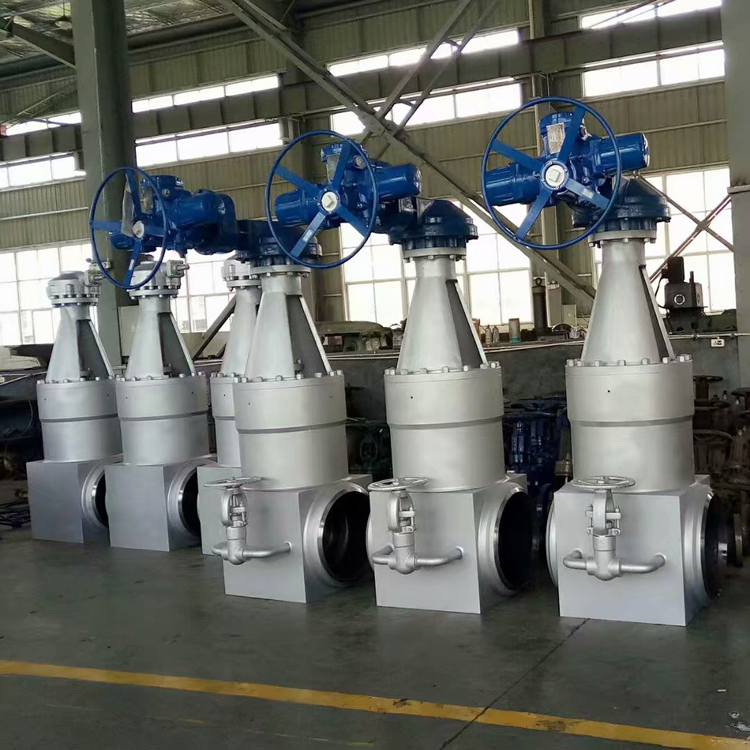
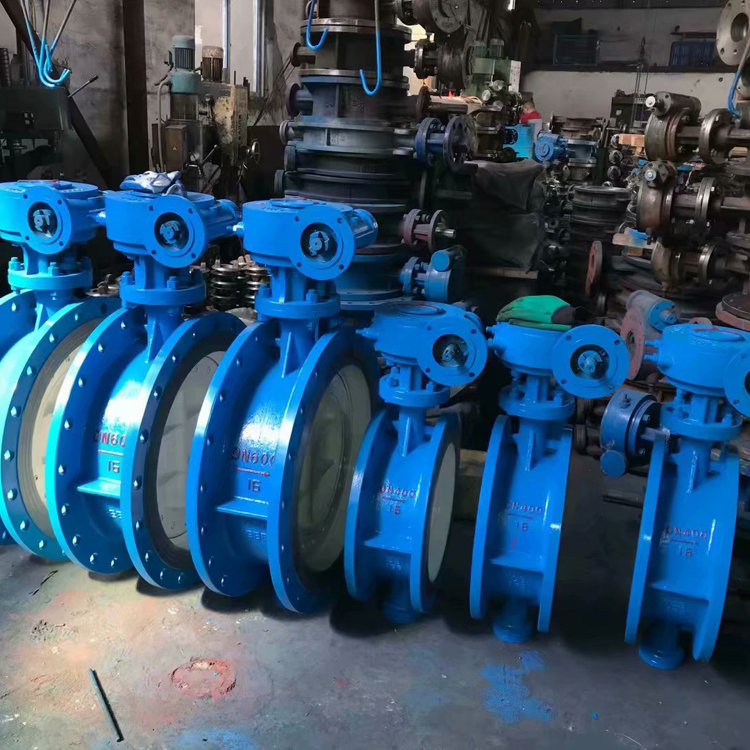
What kind of industrial valve company is xinhui?
Reply quickly
Our sales team is online all day. Our engineers are on call to ensure efficiency in the event of detailed technical issues.
Professional Services
A technical team of more than 30 people can serve as your technical consultant to solve after-sales problems for you.
Reliable Quality
All our products are produced in strict accordance with domestic and foreign standards.
Efficient Production
Our team of engineers continuously develop and innovate our valve products. And introduce new overseas equipment.
Fast delivery
After receiving the advance payment, the production will be arranged immediately within 24 hours. We can make the best shipping plan according to your requirements,
Quality Commitment
Returns and exchanges are provided to customers within 18 months from the date of shipment or within 12 months after the product is installed (whichever comes first).
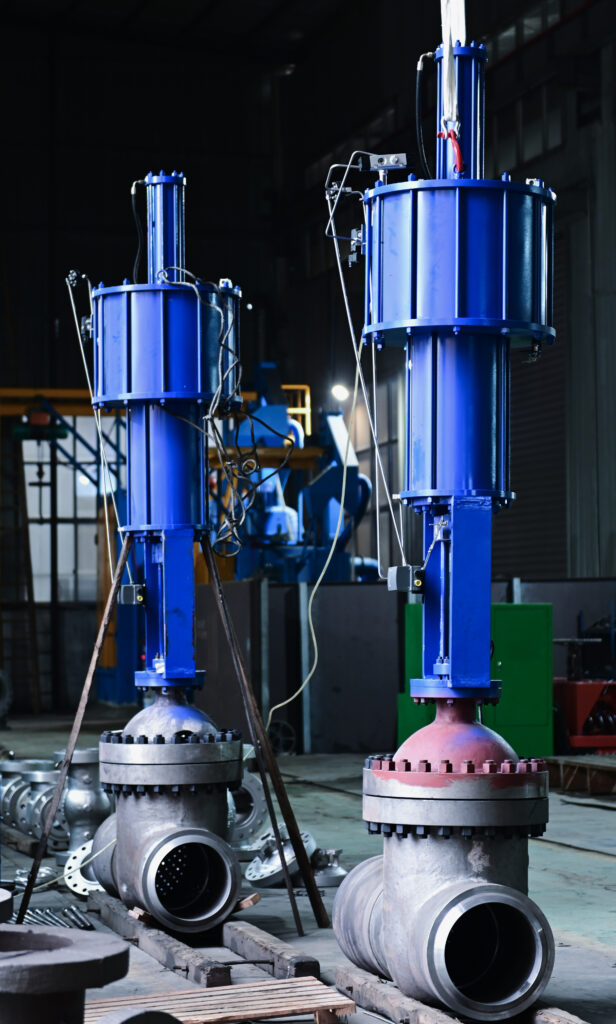
Why is XinHui the ultimate supplier of industrial valve solutions?
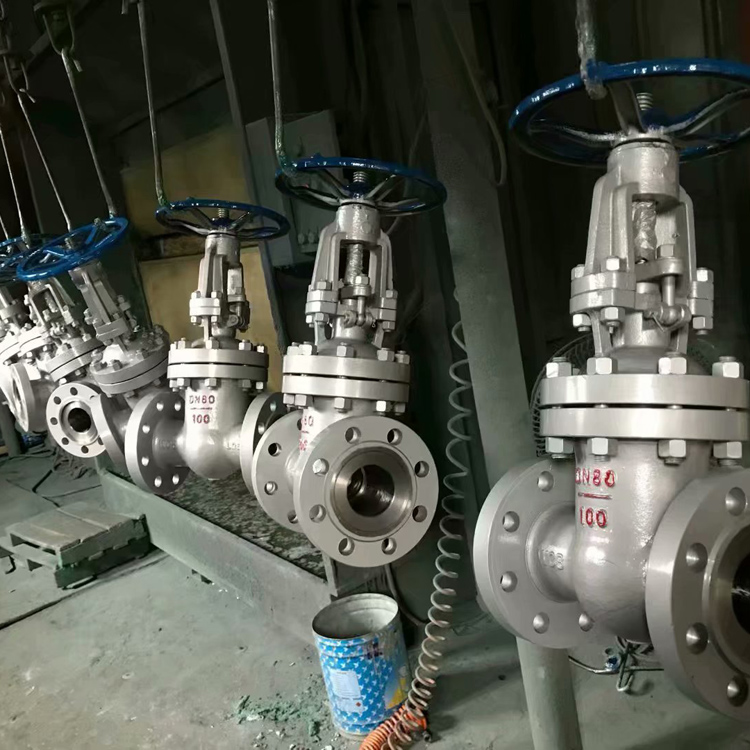
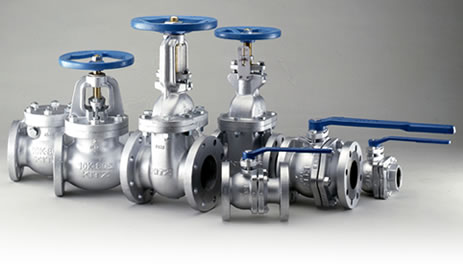
We are a supplier of industrial valve solutions and we firmly believe that we can solve your valve related problems in your industry. Contact us and Click to download our valve catalog now for more valve information!
About XinHui's industrial valve sales & service
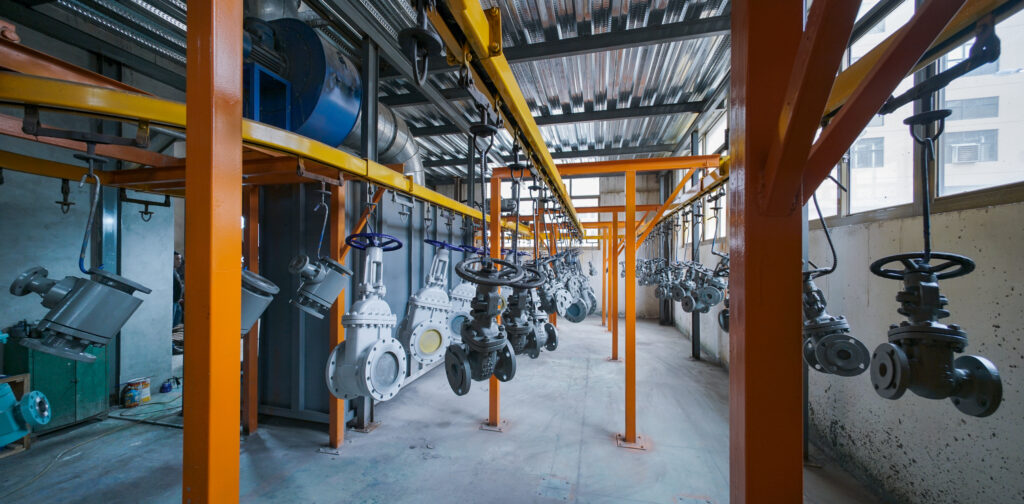
industrial valve sales
Our sales team is online all day. Our engineers are on call to ensure efficiency in the event of detailed technical issues.
industrial valve service
Excellent professional team service. Not only do we have more than 30 years of valve manufacturing and sales experience, but we also have a team of more than 30 technicians who can act as your technical advisor to solve after-sales problems.
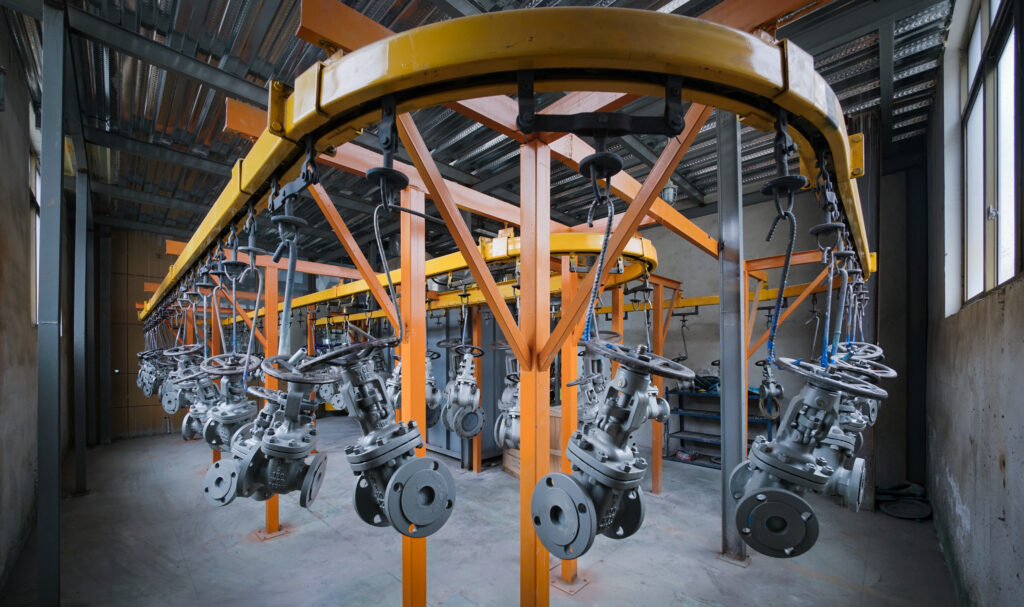
Strength customers



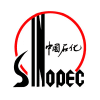
Testimonials







want to talk
with us?
Leave your details and one of our experts will contact you!



